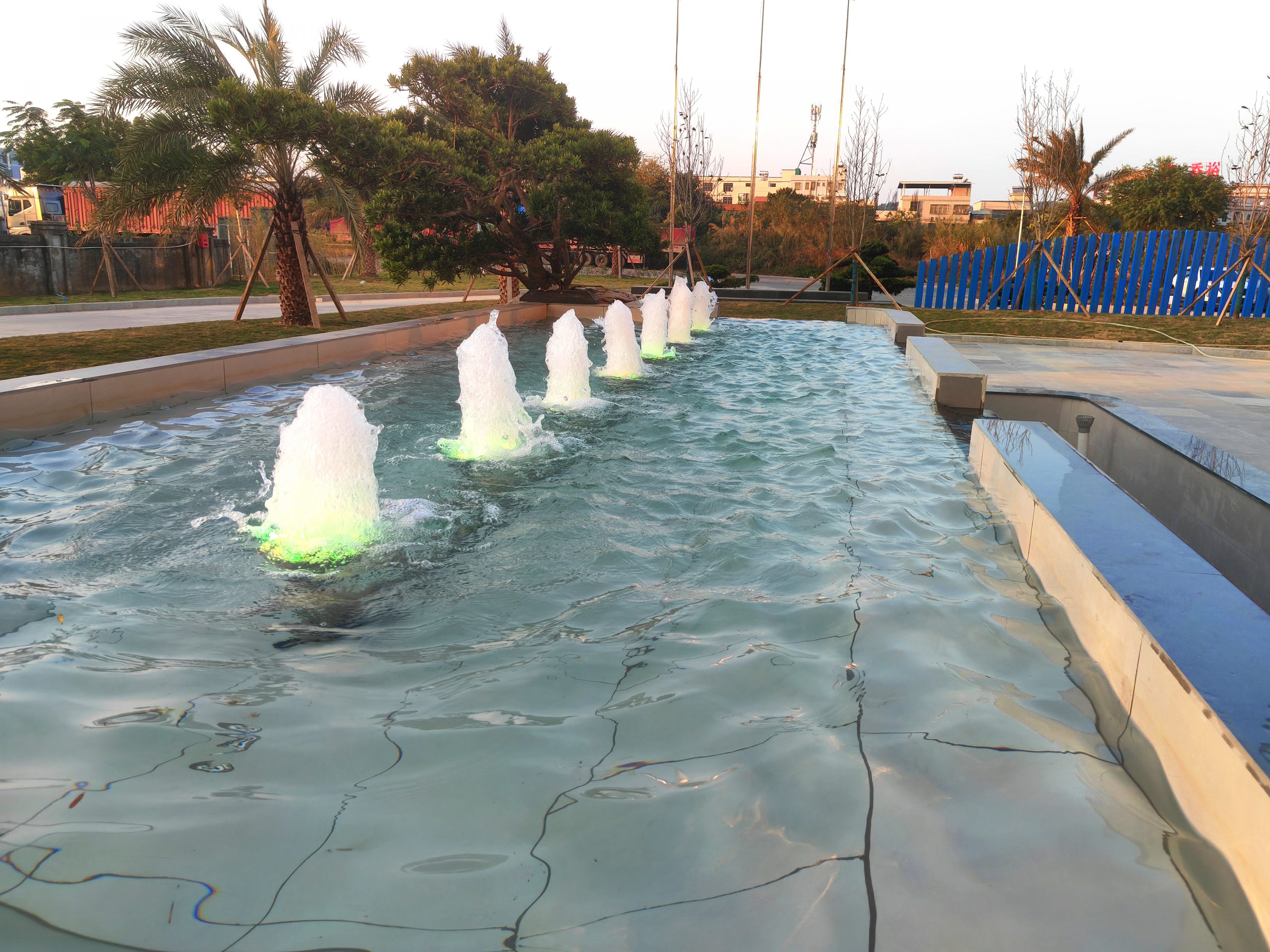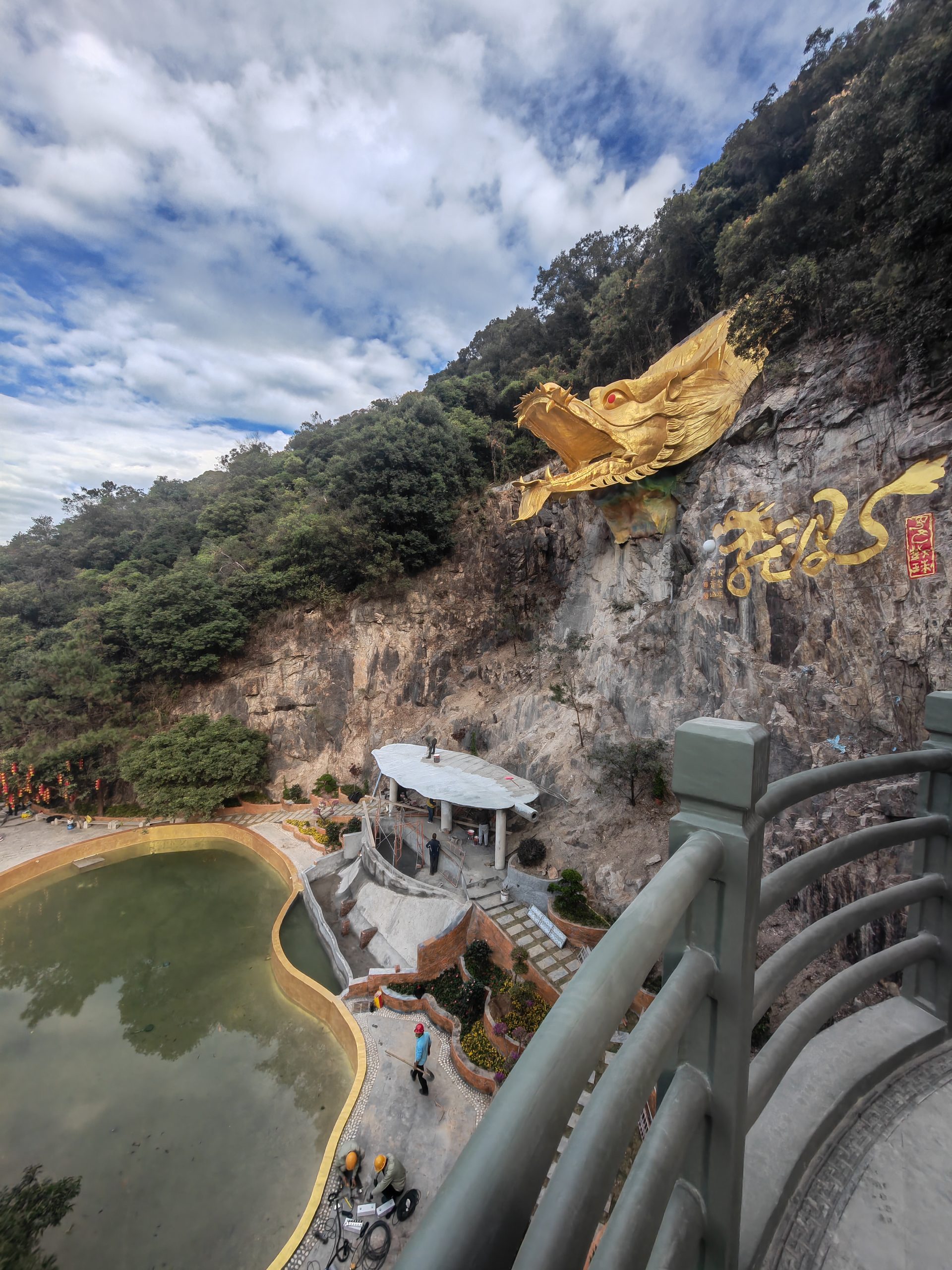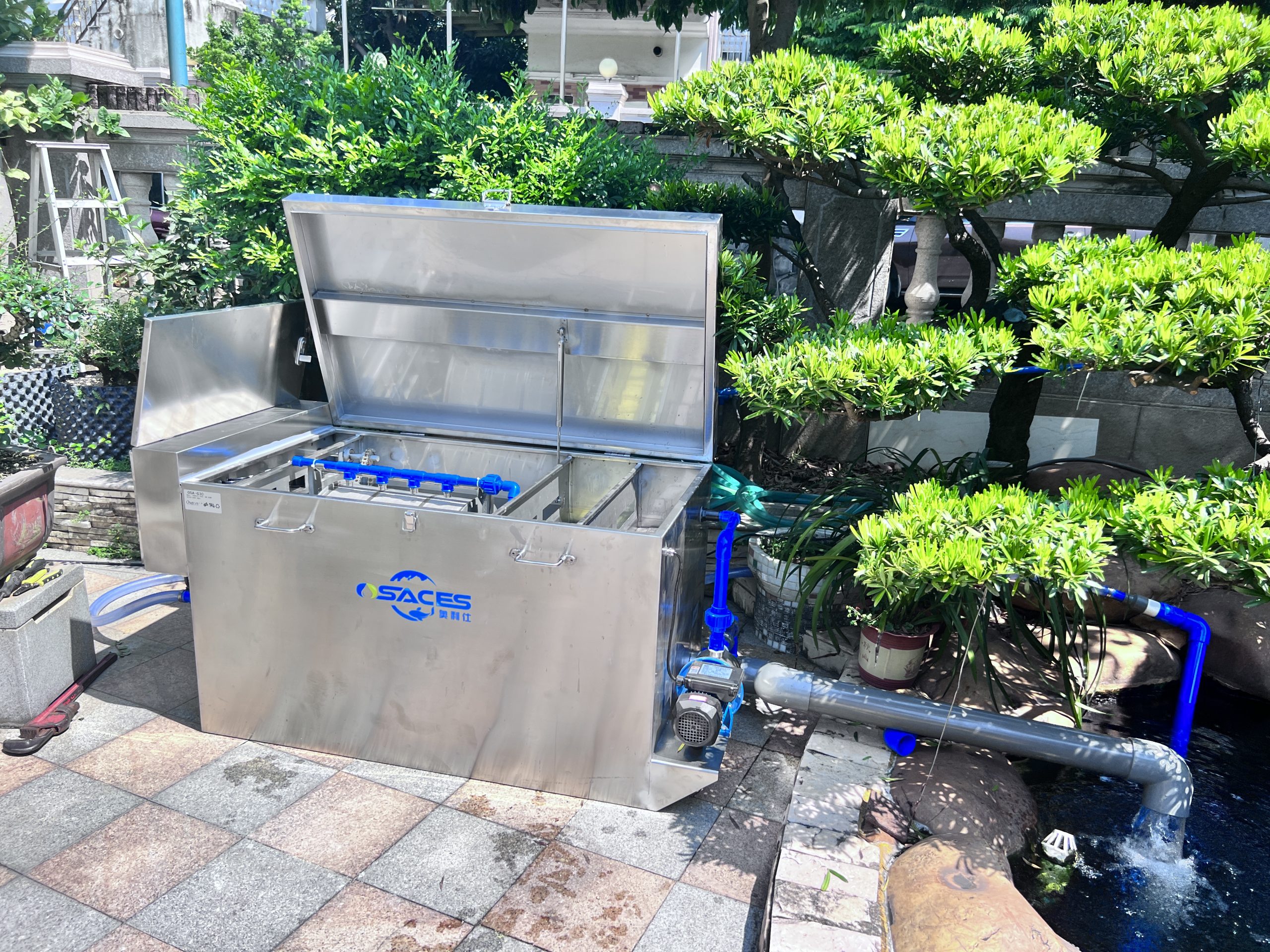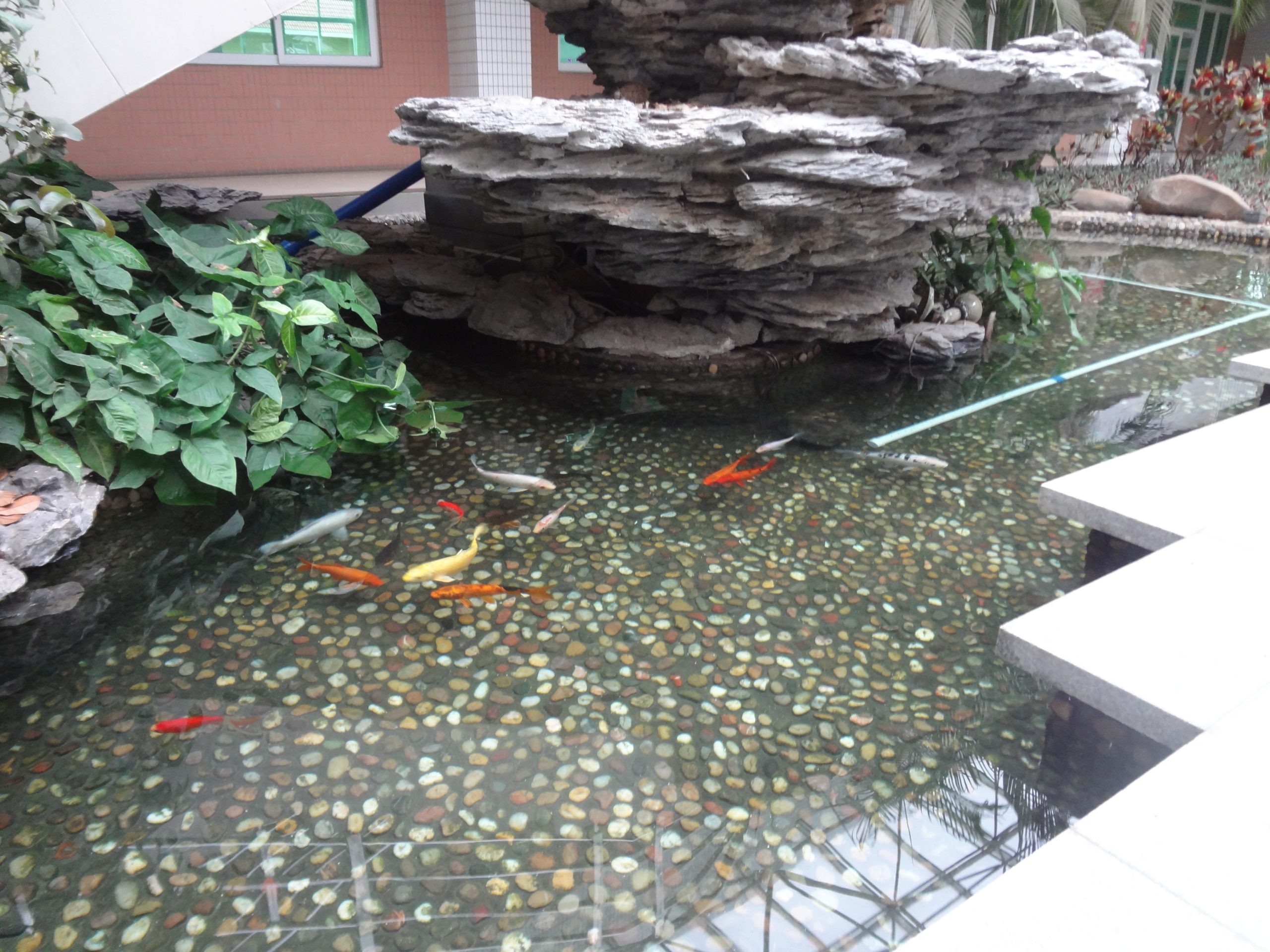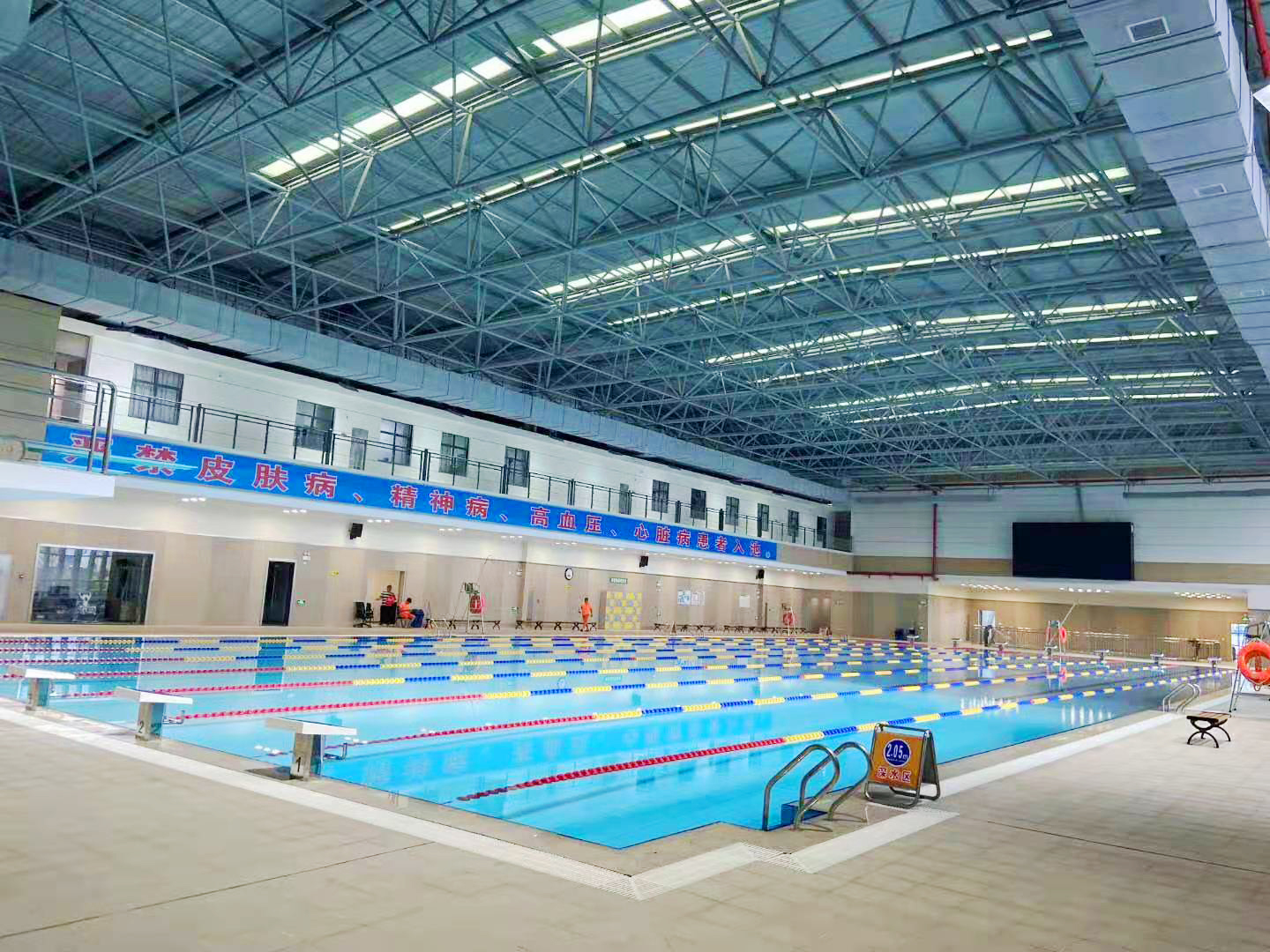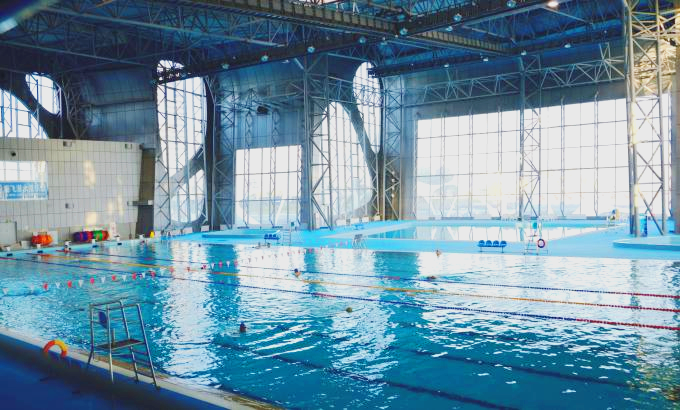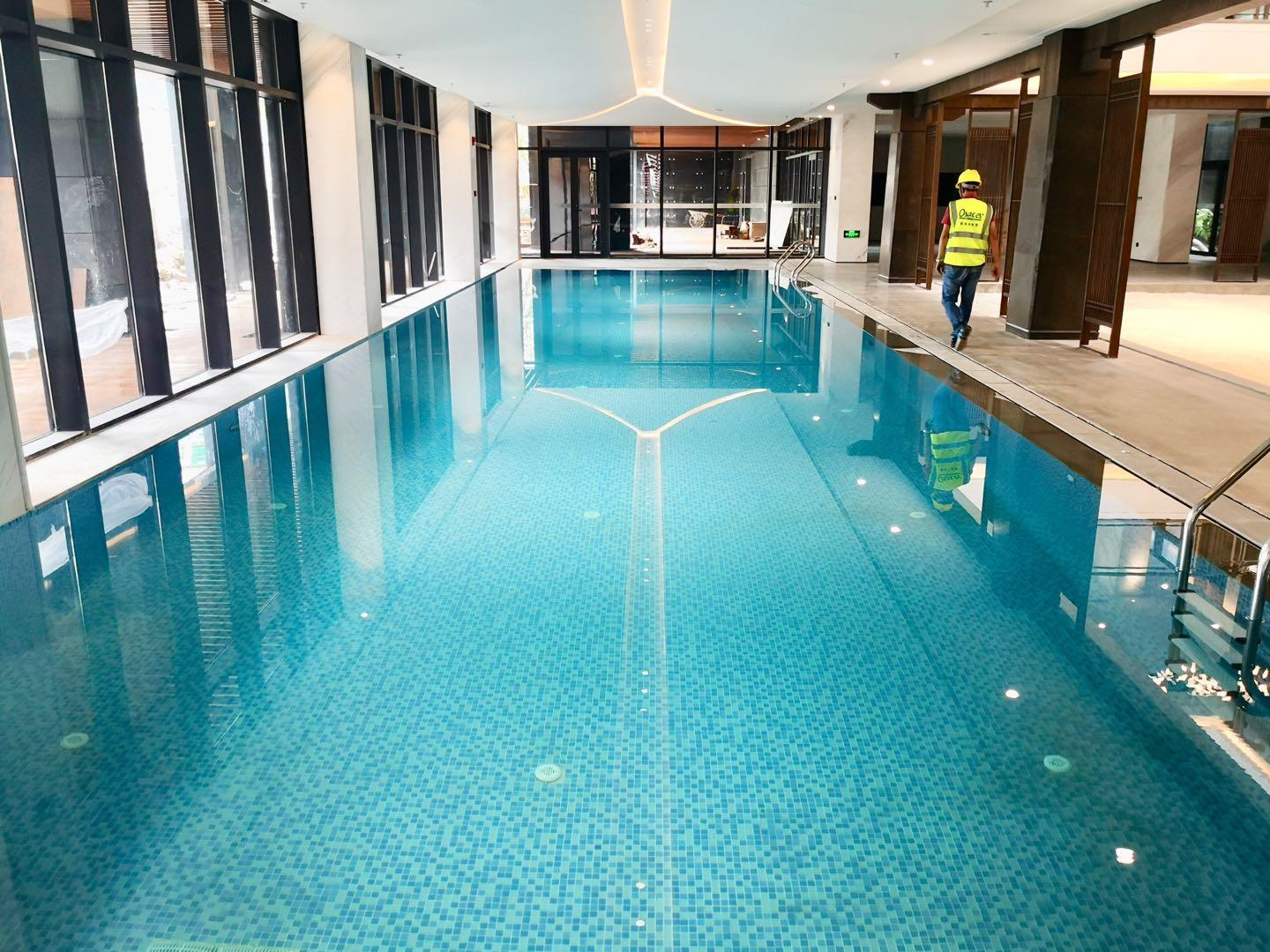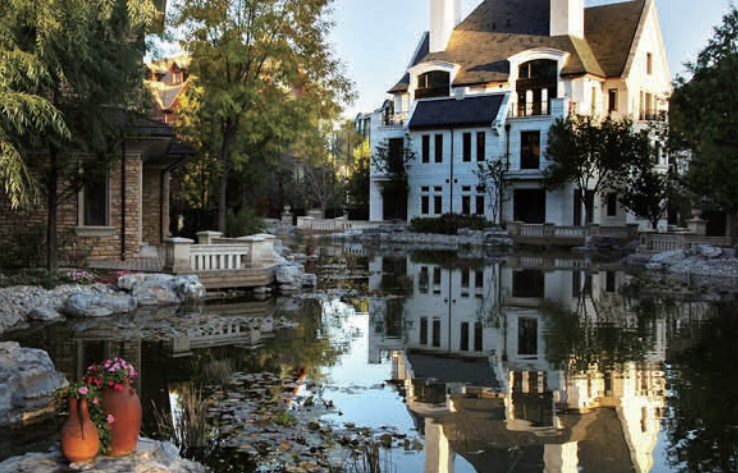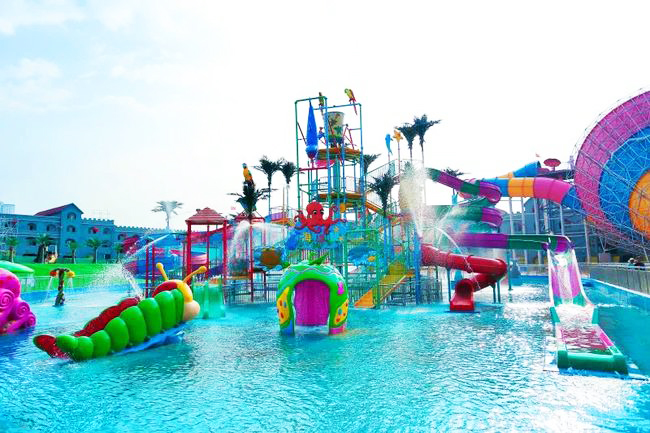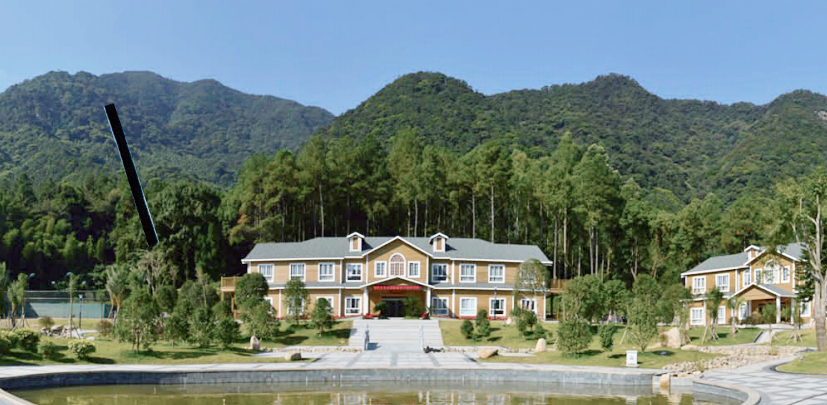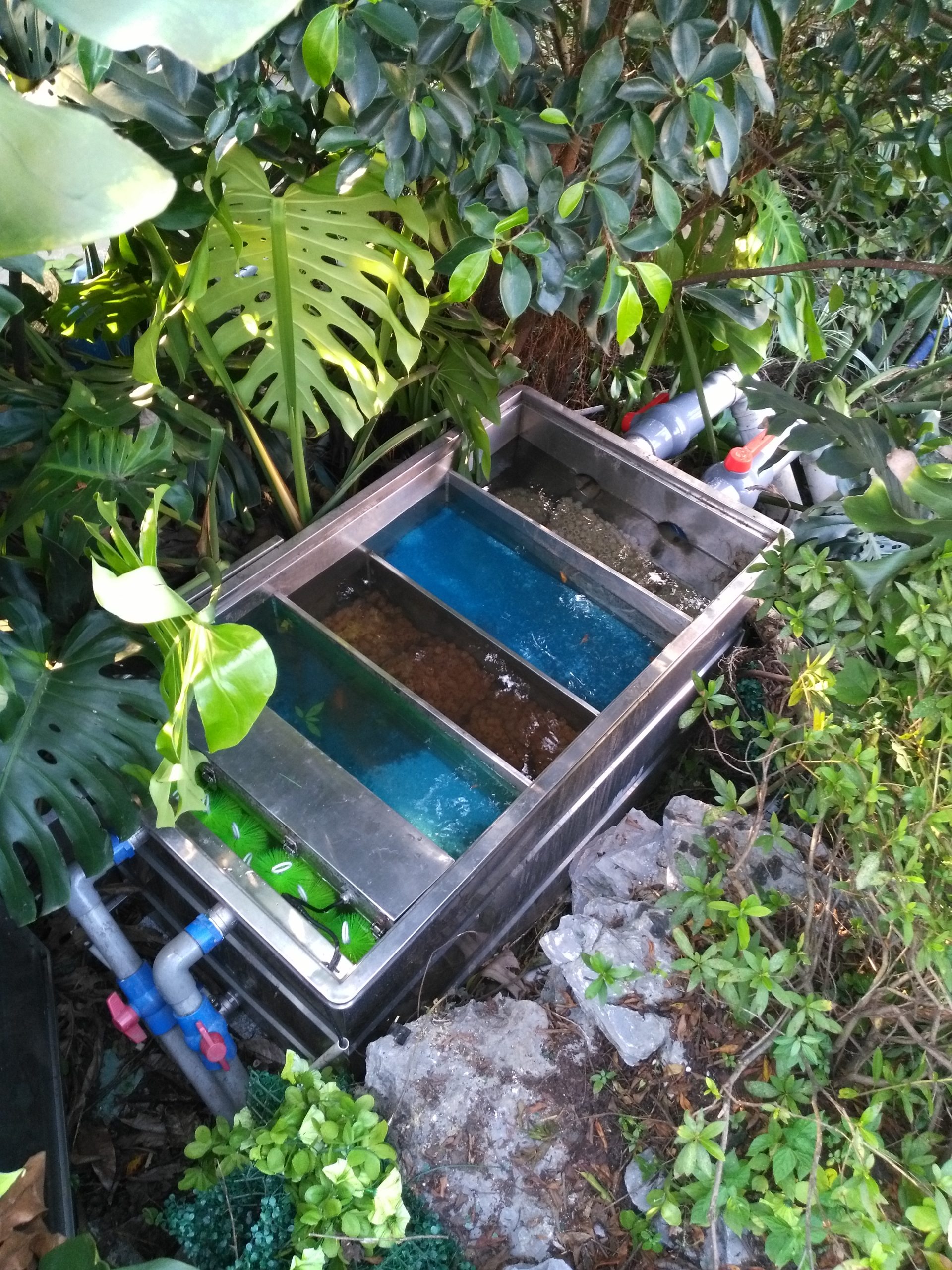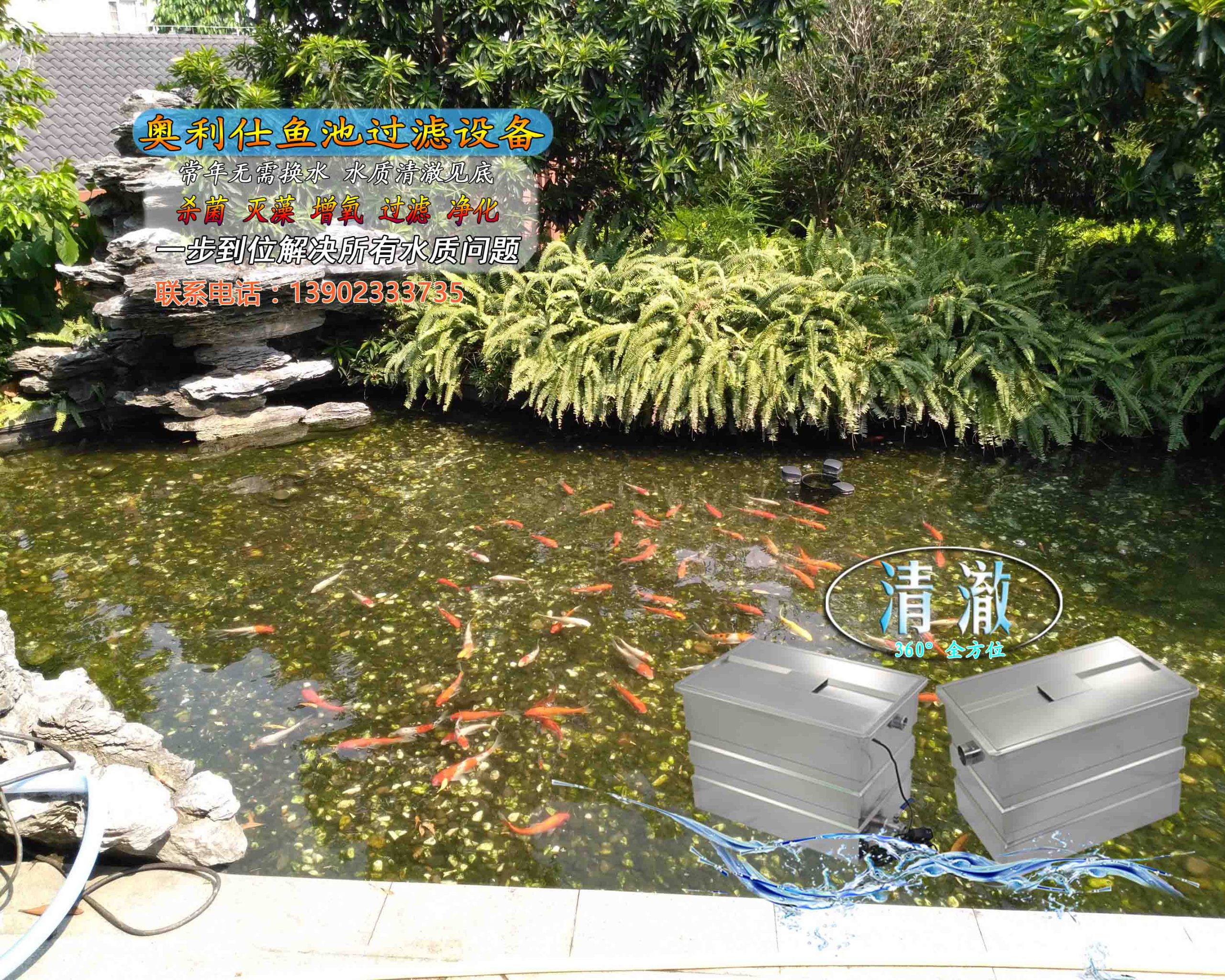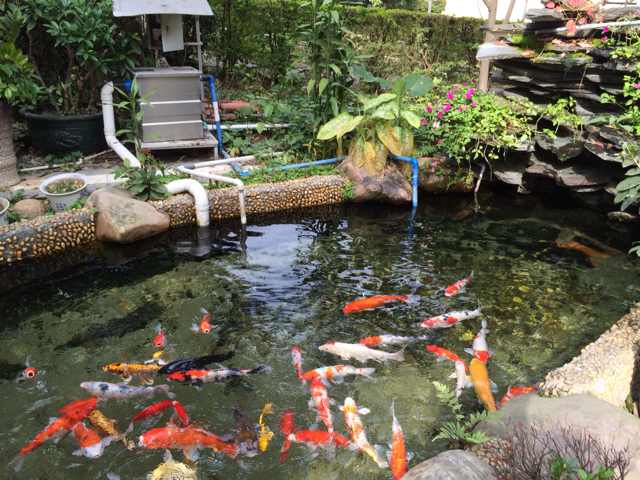common problems
contact details
 Ollies (Guangzhou) Recreation and Sports Equipment Co.
Ollies (Guangzhou) Recreation and Sports Equipment Co.Tel: (020) 82686289
Fax: 020-82694853
Headquarter: No.31-37, Xincun 2 Road, Shangjiang North Street, Dongzhou Village, Xintang Town, Zengcheng City, Guangzhou, Guangdong, China
Koi Breeding Tips for Water Breeding
"Fish first, water first, bacteria first" is the vast majority of decisions and choices made during or in the lead up to fishkeeping. Consider this one as a threshold of entry and you are over seventy percent of the fishkeeping hobbyists in this matter.
Nurture the water well, and fish farming will be a big success.
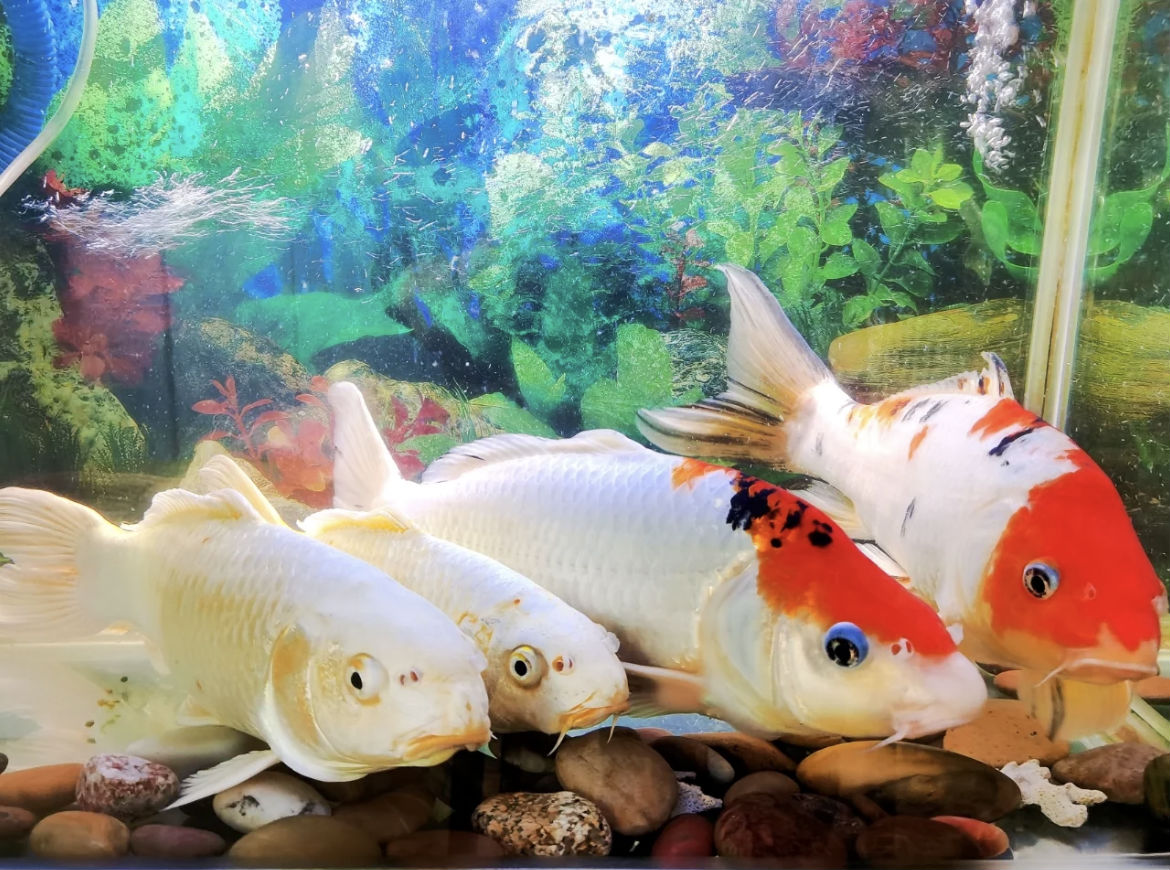
In the fish circle, I think we must have heard the most words is "fish first water", the so-called nature of fish farming is in the water, not at all in the fish!
Different people have different attitudes and preferences towards fish farming. Once you have entered the "pit" of fish farming, you may have experienced that the fish died not long after arriving at home, which in all likelihood is caused by the water quality.
If you focus on the fish, you will certainly not be able to keep them well!
When you turn around and focus on water quality, it's hard to keep your fish dead!
So how exactly do we keep the water?
Step 1: Establish a sound fish pond filtration system
As we all know, koi have no stomach. They are fed more, eat more and poop more (do you ever get the feeling that keeping koi is like "pig farming"?). Fish feces are the main source of ammonia and nitrogen, which are highly toxic in the water. At this moment, it has dawned on any fish lover that your fish is probably "poisoned" by fish feces.
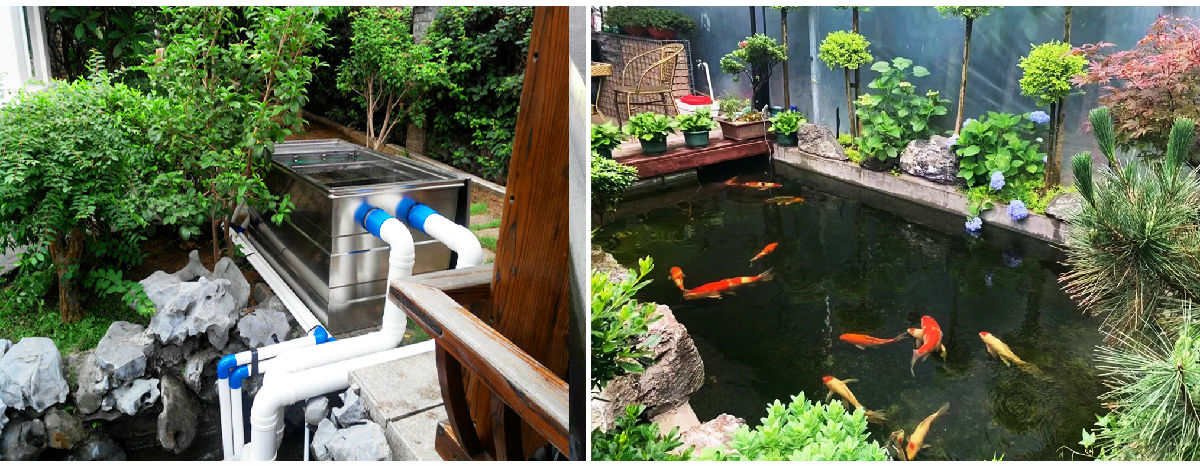
In order to reduce ammonia concentrations, it is necessary to start fish farming at the beginning of theBuilding a strong nitrification system.. Cultivate large numbers of nitrifying bacteria to eat the ammonia and break it down into non-toxic nitrates. Once enough nitrifying bacteria are cultivated, then the stable ecosystem is basically primed.
The core of water conservation is "detoxification". Through the cultivation of nitrifying bacteria and other beneficial bacteria, decompose the toxins in the water, so that the microorganisms in the water to achieve ecological balance.
Toxins in the water are generally ammonia and nitrites, both of which are highly toxic and can cause chronic poisoning or acute death of fish. Moreover, the chronic poisoning of ammonia and nitrite will destroy the immune system of the fish body tissues and reduce the resistance. Fish are sick from the gills, and the fish that always get sick have a lot to do with being kept in toxic water for a long time.
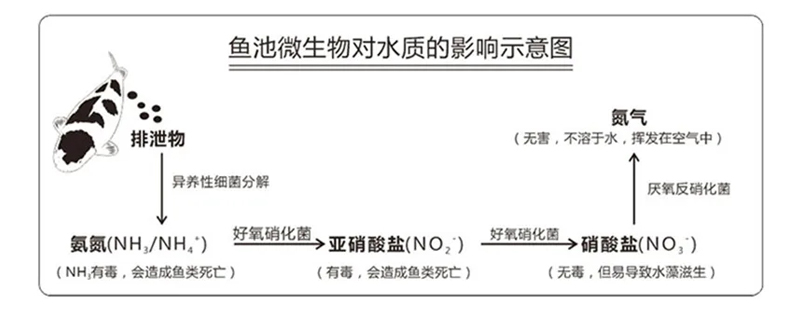
Step 2: Bacteria cultivation
"Water first bacteria, bacteria by filtration", this sentence has been almost said by ornamental fish players, but there are still most people do not understand the essence of water.
Seriously, without practice and experience that can not be explained by science is nonsense. The essence of aquaculture is to "cultivate bacteria", what kind of bacteria? What kind of bacteria? Nitrifying bacteria, no doubt!
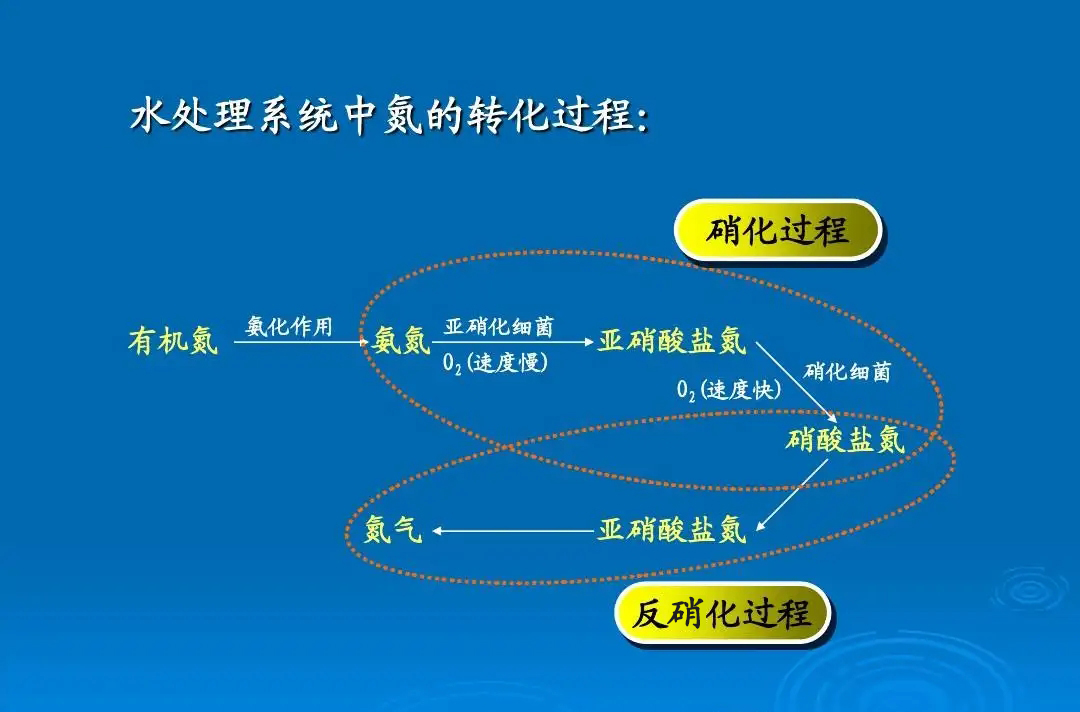
How do the bacteria in good water work? Good water is built together by a good microbiome in which they each play an important role.
Organic matter → Ammonia → Nitrate → (volatilized/reduced) Ammonia → Nitrate → (volatilized/reduced) Ammonia ...... It's a cycle, organic matter is harmful and food for microorganisms, and is eventually broken down and volatilized.
After going through the above cycle steps, the harmful substances such as fish feces and food residues are decomposed cleanly, and the content of toxic substances such as ammonia and nitric acid in the water can be maintained at a very low level for a long period of time. In the case of a normal microbial system, the system of various bacteria has been cycling week after week, which is the principle of the stabilization of the water system.
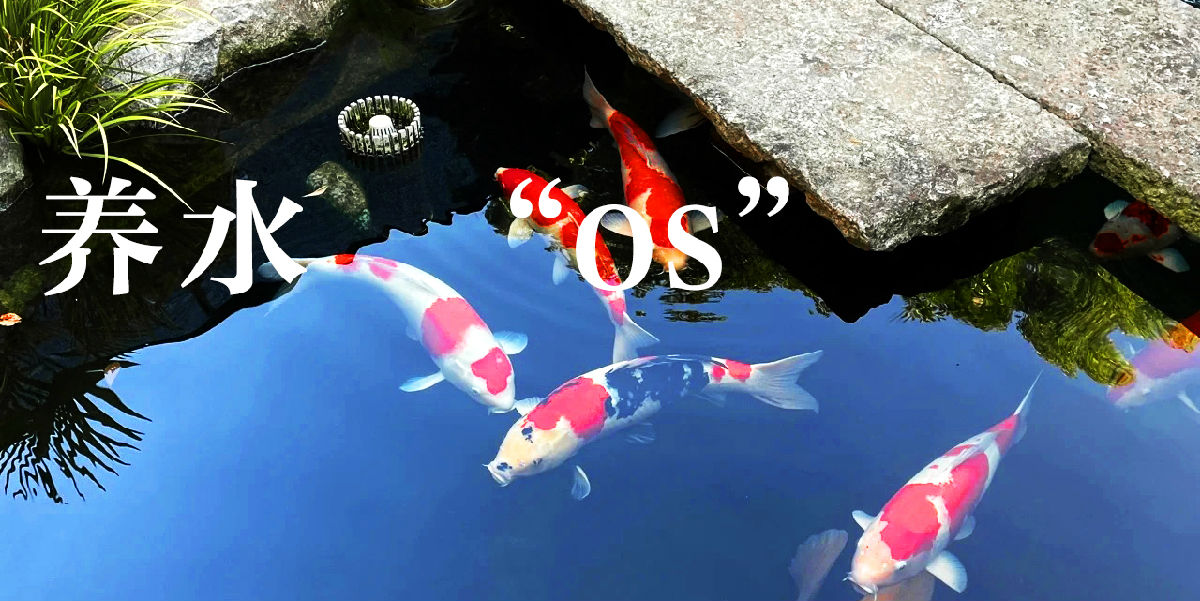
Step 3: Dechlorination
Trapped water and sunlight are common methods of removing chlorine.
If you are new to this, drying out or using an air pump to aerate is the easiest. If necessary, you can also dechlorinate the water by adding more soda and FishLife. Of course, this is only an emergency measure.
"Raising water by filtration" is almost a familiar phrase in the circle of keeping ornamental fish. Establishing a stable and perfect filtration system for the fish pond is equivalent to laying a solid foundation for the construction of the building, which is a vital and sufficient preparation for raising good ornamental fish in the future.
A healthy aquatic environment for fish requires the presence of microorganisms and bacteria, and good water quality requires constant clarity and microbial ecological balance.
Related content
- Don't let rotting tails affect the koi's aesthetics
- What kind of water is good for fish? Talking more about green water for fish
- What to do if the water in your fish pond is unclear? How to keep the water fresh and clear
- Are you ready for the golden age of koi growth?
- What causes new koi to get sick easily?
- Case Sharing--Foshan Shunfeng Mountain Park 3600 square meters landscape pool purification project
- Case Sharing||Huizhou-- Intelligent Terminal Beidou Industry Production Project Fountain Fish Pond Purification Project
- Guangdong Guanyinshan National Forest Park 300m³ landscape fish pond purification project

